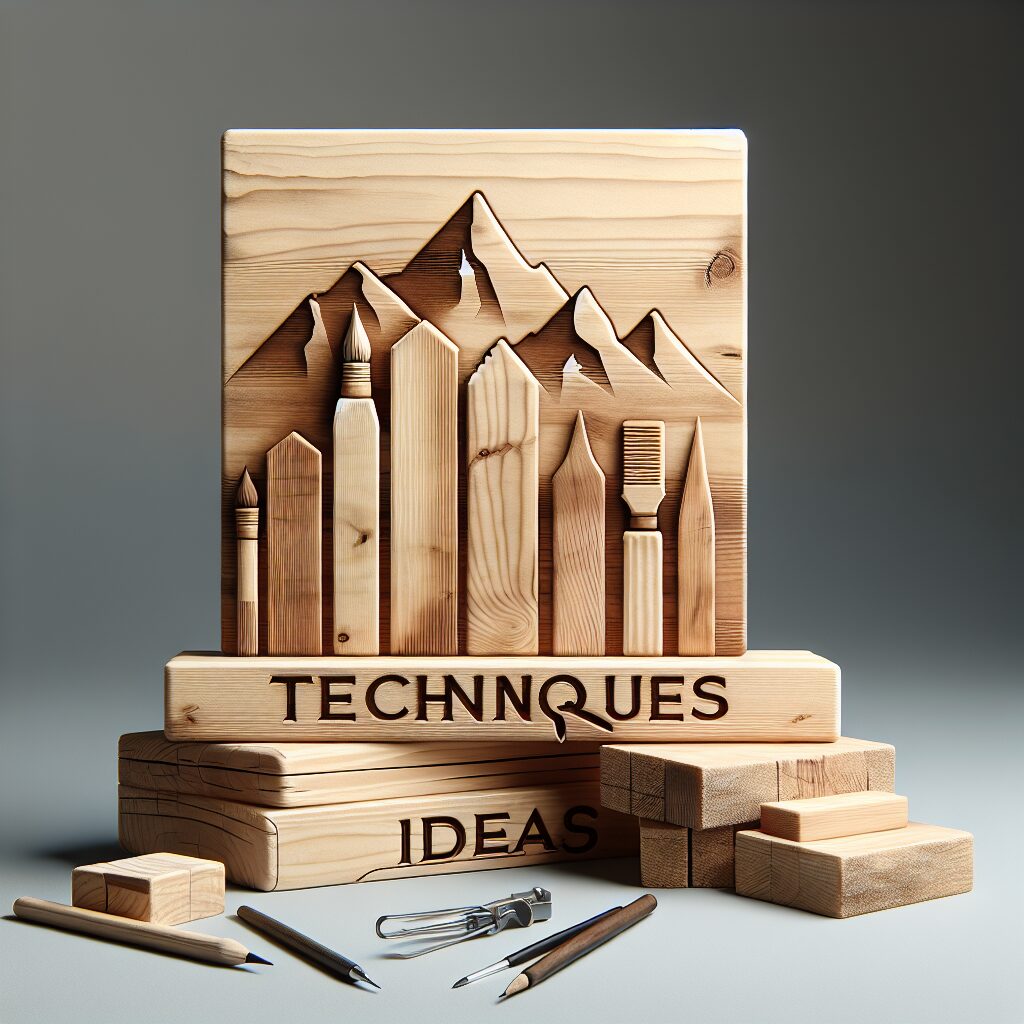Woodturning is a captivating craft that allows individuals to create beautiful and functional pieces from wood. However, with the enjoyment of this art form comes the responsibility of ensuring safety in the workshop. Beginners often overlook safety practices, which can lead to accidents and injuries. Understanding the importance of safety measures is essential for anyone looking to delve into woodturning.
Understanding the Risks of Woodturning
Every woodworking project comes with its own set of hazards, and woodturning is no exception. The primary risks include cuts, abrasions, and even more severe injuries if proper precautions are not taken. The rotating motion of the lathe can eject pieces of wood at high speeds, making it crucial for woodturners to wear appropriate personal protective equipment (PPE). A good practice is to always wear a face shield, which can protect your eyes and face from flying debris.
Moreover, the noise generated by the lathe can be significant, potentially leading to hearing loss over time. It’s advisable to wear ear protection during longer sessions. Additionally, dust generated during woodturning can be harmful to your respiratory system. Utilizing a dust mask or respirator can greatly reduce these risks, allowing you to enjoy the craft without compromising your health. For more on how to maintain a safe workspace, consider exploring woodworking safety practices.
Essential Safety Equipment for Woodturners
Having the right safety equipment can significantly reduce the risk of injury while woodturning. First and foremost, investing in a quality face shield or safety glasses is imperative. These items protect your eyes from wood chips and dust that can fly into your face during the turning process. Additionally, wearing gloves can prevent cuts and abrasions, but it’s essential to choose gloves that are snug and do not have loose ends that could get caught in the lathe.
Another important piece of equipment is a dust mask or respirator, especially when working with certain types of wood that may produce harmful particles. Keeping your work area clean and free of debris is also a critical aspect of maintaining safety. Regularly cleaning your workspace not only improves visibility but also reduces the chances of tripping or slipping on wood shavings. If you’re new to woodturning, be sure to familiarize yourself with common woodworking mistakes to avoid mishaps that could lead to injuries.
Woodturning is a rewarding and creative hobby, but it comes with its own set of risks. As a beginner, understanding and implementing safety practices is crucial for protecting yourself while enjoying this craft. This section will delve into key safety measures and best practices that will help you navigate the world of woodturning more securely.
Understanding Personal Protective Equipment (PPE)
One of the first lines of defense in woodturning safety is personal protective equipment. Proper PPE can significantly reduce the risk of injury from flying debris or harmful dust. A well-fitted face shield is essential as it protects your face and eyes from wood chips and other particles that can be propelled at high speeds. Additionally, wearing safety goggles underneath the face shield provides an extra layer of eye protection. For respiratory safety, consider using a respirator for woodworking to filter out harmful dust that may be generated during the turning process.
In addition to eye and respiratory protection, gloves should be chosen wisely. While some woodturners prefer to work without gloves to maintain a better grip, others opt for thin, snug-fitting gloves that can protect against splinters without compromising dexterity. It’s important to remember that loose clothing and accessories can get caught in the lathe, so wearing snug-fitting clothing is advisable. Ultimately, your choice of PPE should be based on the specific risks associated with the project at hand.
Setting Up Your Workspace
Your workspace plays a significant role in ensuring safety during woodturning. A clean and organized area minimizes distractions and hazards, allowing you to focus on the task. Ensure that your lathe is set up on a stable, sturdy surface and that all tools are within easy reach. This setup reduces the need for unnecessary movements while working, which can lead to accidents. Having a dedicated space for woodturning also helps in maintaining a clear boundary between your work area and other activities. This separation can prevent potential mishaps, especially when working with sharp tools.
Lighting is another critical aspect of your workspace setup. Adequate lighting helps you see details clearly, which is essential for precision work. Consider installing bright, adjustable lights that can illuminate your workpiece from different angles. This will not only enhance your visibility but also reduce eye strain during long sessions. Additionally, it’s beneficial to have a fire extinguisher nearby in case of any emergencies, especially when working with materials that can ignite.
As you become more experienced in woodturning, you may want to explore various techniques and projects. Familiarizing yourself with woodturning basics can provide a solid foundation for your skills. Remember, safety is not just about wearing protective gear; it also involves being aware of your environment and maintaining a safe workspace. By prioritizing these elements, you can enjoy your woodturning journey while minimizing risks.
As you embark on your woodturning journey, it’s crucial to prioritize safety to ensure a rewarding and injury-free experience. By implementing proper safety practices, you can enjoy the art of woodturning while minimizing the risks associated with working with sharp tools and heavy machinery. This final segment will focus on essential safety measures you should adopt and the importance of maintaining a safe workspace.
Essential Safety Measures for Woodturning
To create a safe environment for woodturning, always start with personal protective equipment (PPE). Wearing safety goggles is non-negotiable as they protect your eyes from flying debris. Additionally, a dust mask or respirator should be worn to prevent inhalation of wood dust, especially when sanding or finishing your projects. Finally, consider using ear protection, as woodturning can produce loud noises that may damage your hearing over time.
Another key aspect of safety in woodturning is understanding your tools. Familiarize yourself with how each tool operates and its specific safety features. For instance, knowing how to properly adjust the speed of your lathe can prevent accidents caused by excessive vibration or instability. Moreover, always keep your tools sharp, as dull tools can lead to slips and unexpected movements, increasing the risk of injury.
Lastly, never forget the importance of a clean workspace. Clutter can lead to accidents, so ensure that your work area is organized and free of unnecessary items. After each session, take a moment to clean up wood shavings and dust, as these can create slipping hazards. By maintaining a tidy environment, you create a safer space to focus on your craft.
Creating a Safe Woodturning Environment
Your workspace setup plays a significant role in ensuring safety during woodturning. Position your lathe and tools in a way that allows for easy access while providing ample space to maneuver. Make sure that your workspace is well-lit, as poor visibility can lead to mistakes and accidents. Proper lighting can help you see your work clearly, allowing for more precise cuts and a better overall experience.
In addition to physical setup, it’s vital to cultivate a safety-conscious mindset. Always remain aware of your surroundings and the position of your hands in relation to moving parts. When working with larger pieces of wood, ensure that they are securely mounted to the lathe to prevent them from coming loose and causing injury. If you’re feeling fatigued or distracted, it’s best to take a break and return to your project when you can focus fully.
Finally, consider sharing your workspace with fellow woodturners or joining a community. Engaging with others can provide valuable insights into safety practices and techniques. You can also learn from their experiences, which can help you avoid common pitfalls. If you’re new to woodturning, exploring a beginner woodworking guide may offer additional tips on establishing a safe and productive workspace.






